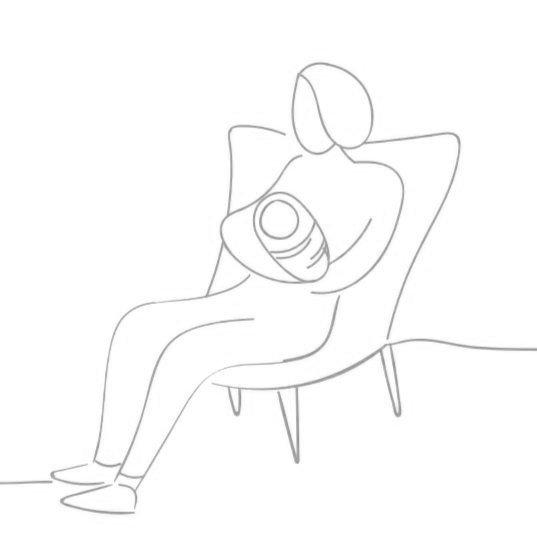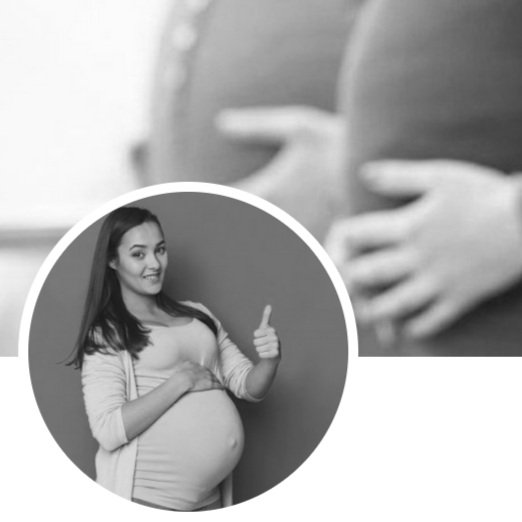projects
ova obscura
This research project is collecting the stories of people who have donated their eggs in Canada since 2004. With a team of researchers and advocates, we are conducting interviews to learn about egg donors’ experiences with the goal of improving law and policy.
surrogates’ voices
Little attention has been paid to the perspectives of women who have acted as surrogates in policy and legislative consultations. Surrogates’ Voices aims to fill this gap using surveys, interviews, and other research to generate a picture of women's experiences as surrogates in Canada.
collaborations with Sanctum 1.5
Sanctum 1.5 is a 10-bed prenatal and postnatal home in Saskatoon that supports HIV positive pregnant women and those at risk of having their infants taken at birth. The project builds on earlier work to gather evidence on the impact of Sanctum 1.5 on women, their babies, and the community.
elective egg freezing in Canada
Although egg freezing in Canada has been increasing, there is little information about the experiences of those engaging in egg freezing in Canada. This study, led by Dr. Kathleen (Katie) Hammond, is using interviews to gather people’s experiences with elective egg freezing in Canada.
perpetually potentially pregnant
The concept of “women of childbearing age” is referred to in media, research, and public health advisories as if all women can and should have children. This research investigates how “women of childbearing age” came to prominence, and its outcomes for women’s reproductive autonomy..
@headlesspreggos
@headlesspreggos is a Twitter account and research initiative that examines depictions of reproduction in popular media. Building on the idea of “headless fatties” and Josie Glausiusz’s work on the “headless, legless, pregnancy bump” this work calls for images that better depict the agency of pregnant people.
of skin, sperm, and blood
This project traces the history of “tissue exemption” legislation in Canada, interrogating the evolution of discourses related to the commercialization of bodily tissues and fluids. The project focuses on links between calls for paid gamete donation and the emergence of pay-for-plasma collection centres.






